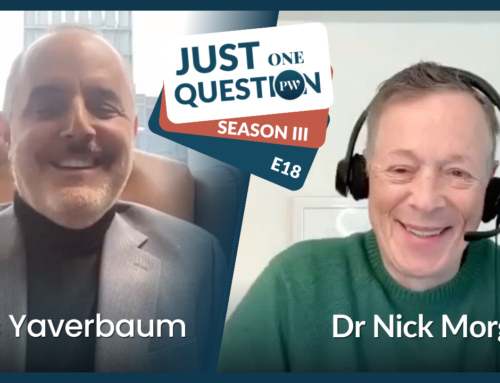Long before the pandemic, I was a technophile. I always latched onto the latest tech, and believed that being up-to-date on technology was important, whether it was joining Twitter 15 years ago, or experimenting with video conferencing in the late 1990s, when it took a day and a specialist to set up the technology so that it had even a chance of working. Back then, it was glitchy and tricky to operate, and the idea of a “Brady Bunch” screenful of colleagues all talking to one another was a distant dream. As much as we’re tired of Zoom and its equivalents now, at least it works reasonably well much of the time, thanks to the advances in software and bandwidth over the past couple of decades.
So, given that bias in favor of technology, when I researched the state of virtual communications for my book, Can You Hear Me? How to Connect with People in a Virtual World, in 2017, I was truly disappointed to discover three key findings:
- all virtual relationships degrade over time
- intent frequently gets misconstrued in virtual communications
- trust and commitment in the virtual world are weaker and lower than in the face-to-face world
As a result, in the book I focused on how to make virtual communications better. We start by paying more attention to intent, both ours and our recipient’s, and we work hard to make the emotional aspects of our messages clear. We are clear about our criteria for establishing strong trust and commitment, and we listen more carefully than we might otherwise do in order to regularly check on the health of our virtual relationships.
Those efforts can go a long way toward keeping virtual relationships strong and virtual communications unambiguous.
Nonetheless, I noted a study recently that found that seniors who spent more time communicating virtually during the pandemic were lonelier and had worse mental health overall than those who spent less time in the virtual world and more time face-to-face.
This is not an encouraging finding for our virtual futures. We can debate whether the kinds of amelioration I mention above would have made a difference. There was an assumption in the discussion of the study that older people find virtual communications inherently more stressful than younger people, and there is also some research that indicates that technology is more stressful for lower socioeconomic groups than higher ones. But since the study wasn’t controlled for either age or wealth, it’s not clear what justified these assumptions. My research indicates that familiarity with technology doesn’t make it any more or less likely that intention will get misconstrued, since that occurs at an unconscious level. Thus, I would expect to find that the degradation of virtual relationships, the misconstruing of intent, and the weakening of trust and commitment happen independent of either age or socioeconomic status.
The limitations of virtual communications are baked into the technology. The slight delay between the transmission of video and sound, for example, in a Zoom video call, which causes your viewer to rate you as less competent and engaging than in a face-to-face encounter – that is something that no amount of familiarity will erase, since it happens in a millisecond or two and is beyond conscious awareness. It’s not something you can correct for consciously in any obvious way.
The challenges of virtual communication are real, and they will be more and more with us in our hybrid future. We need to pay more attention to the quality of our virtual communications, and not expect a technological fix any time soon. We humans created the virtual communications realm, and it has proved to be an enormous boon for getting humanity through the pandemic. Nonetheless, it has come with a price. We need to be aware of the price and do our best to mitigate its effects.









What do you think about metaverse and its potential?
Terrence, I was a fan of “Ready Player One” when it came out. The basic idea is that the real world is such a miserable place that the metaverse is preferable. Pre-pandemic, 5% of Fortune 1000 companies’ workers used video conferencing regularly. Post-March-2020, that number jumped to near-100%. Most humans prefer to be in person, but when that becomes sufficiently unpleasant or risky, the meta-world will do just fine.